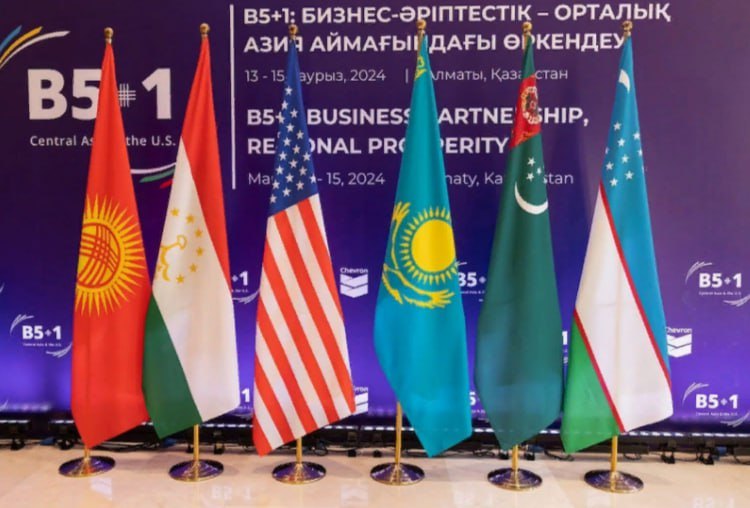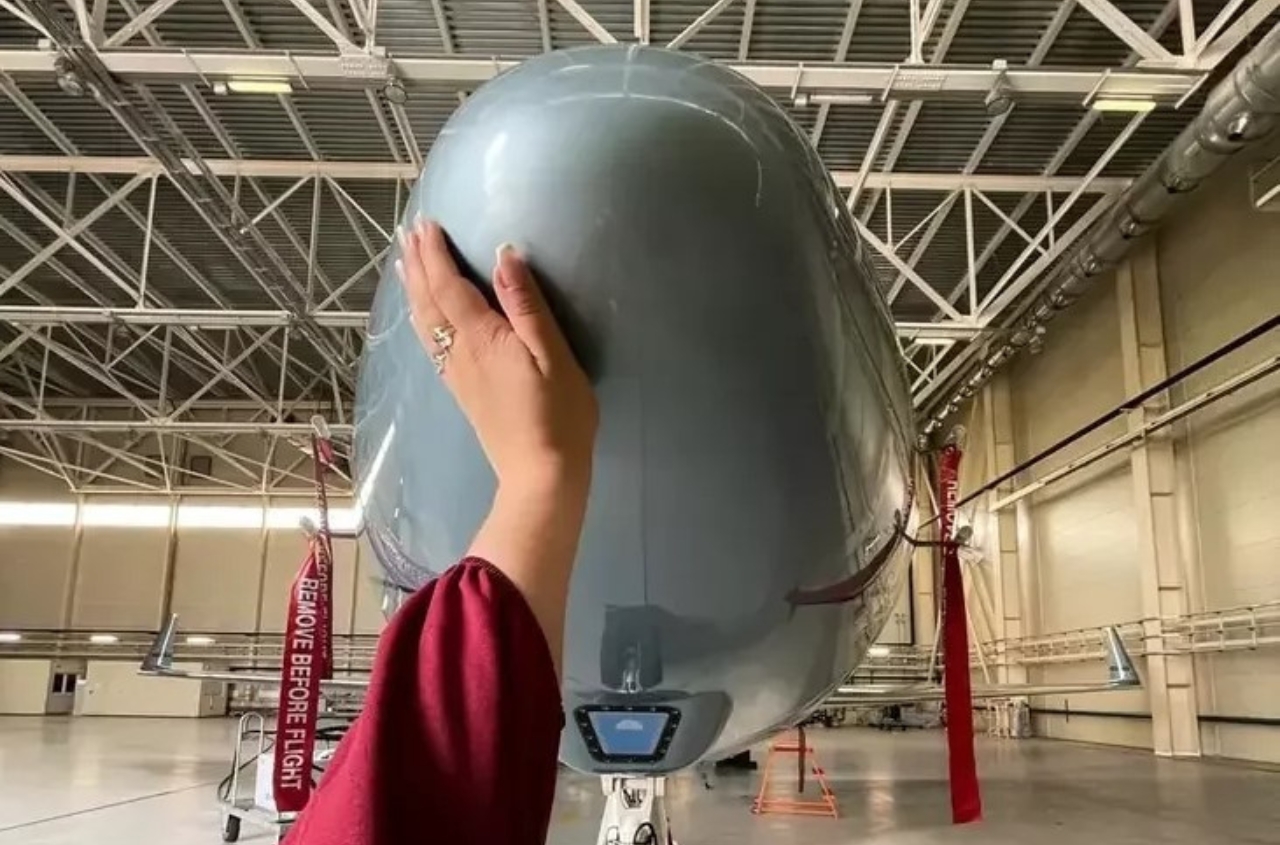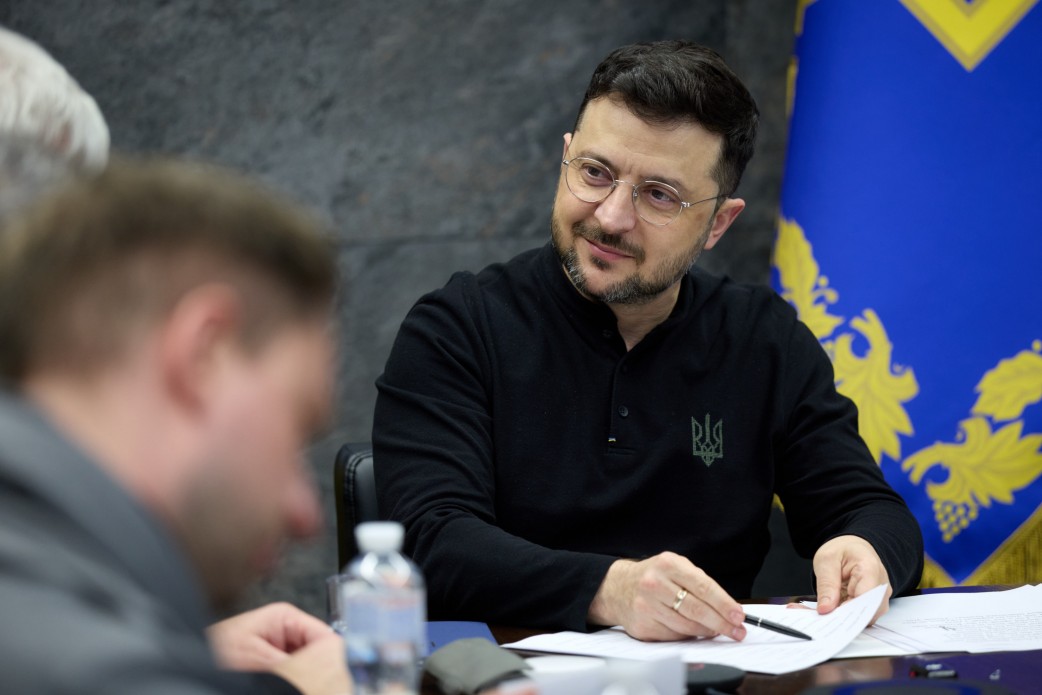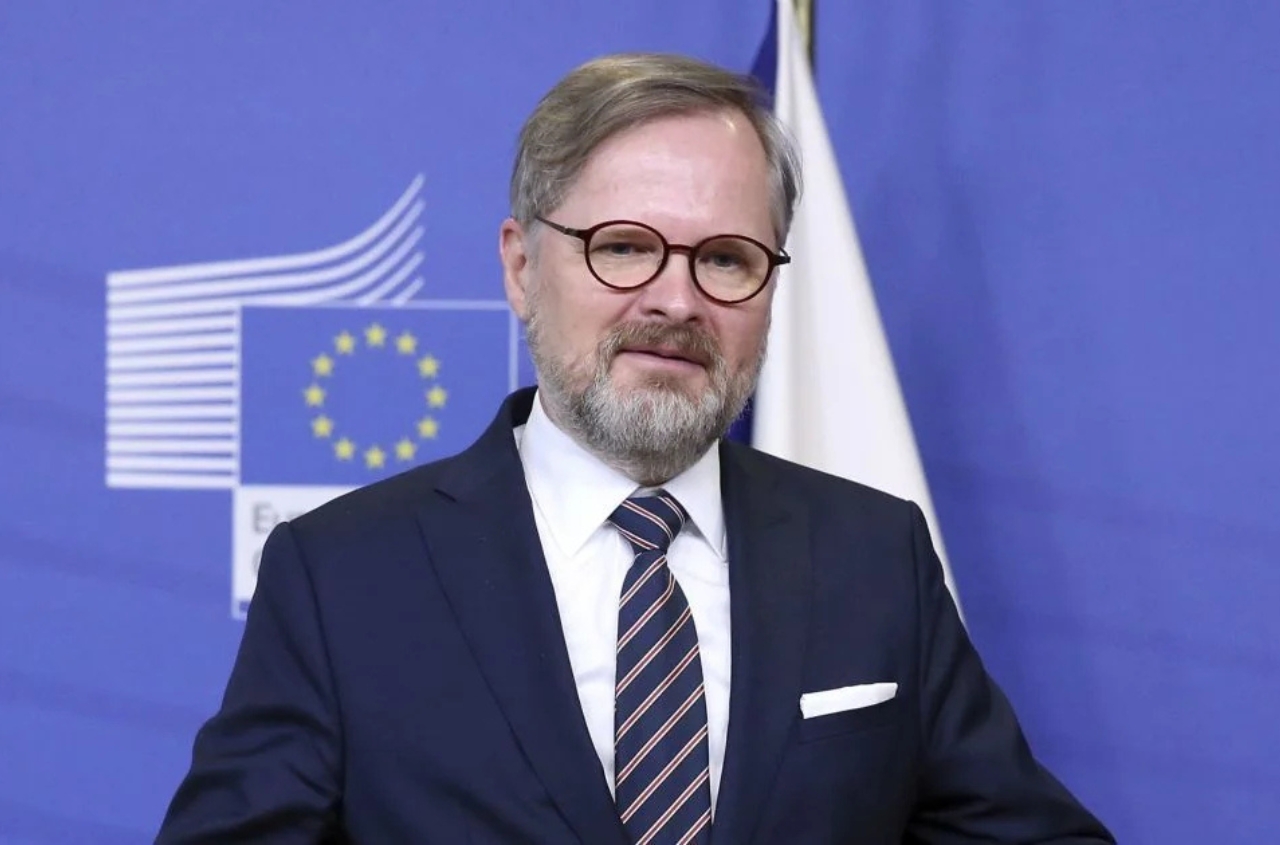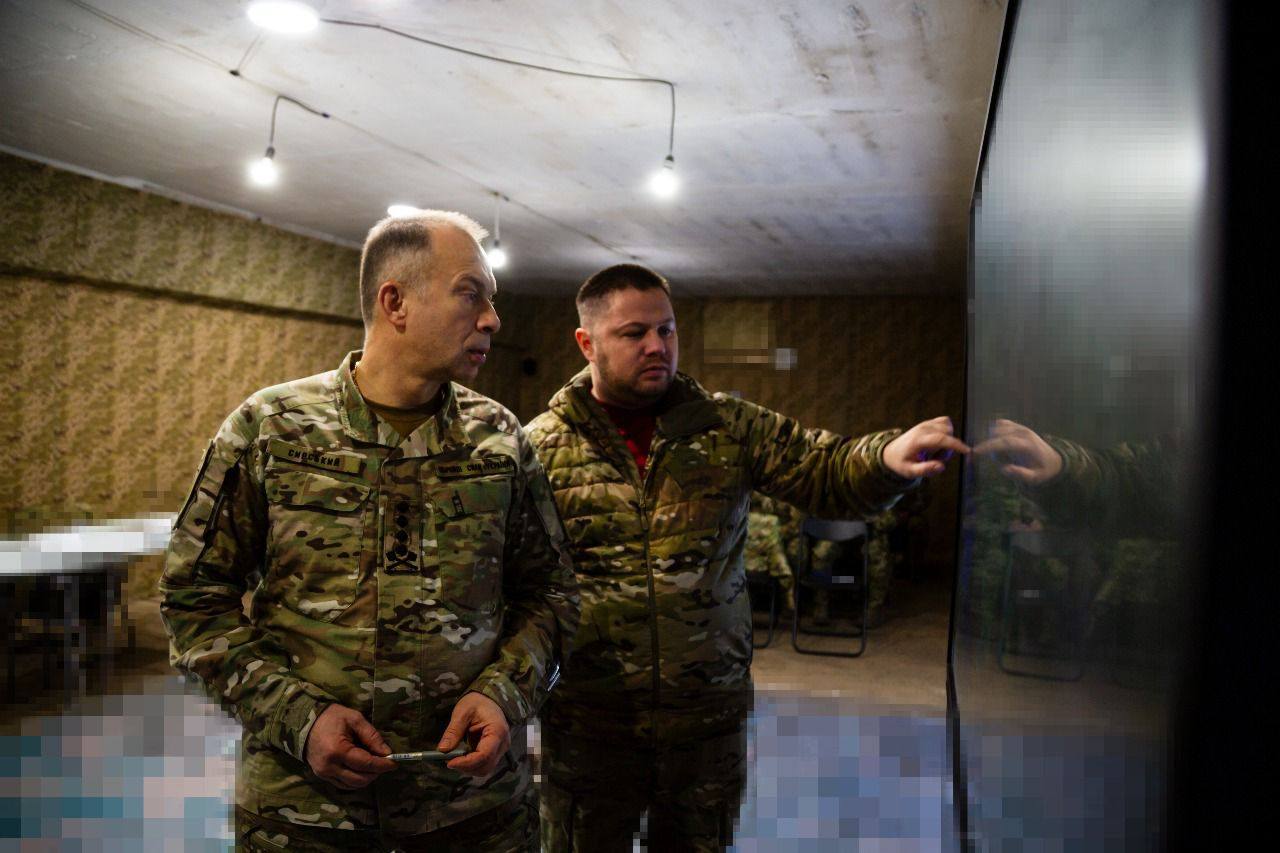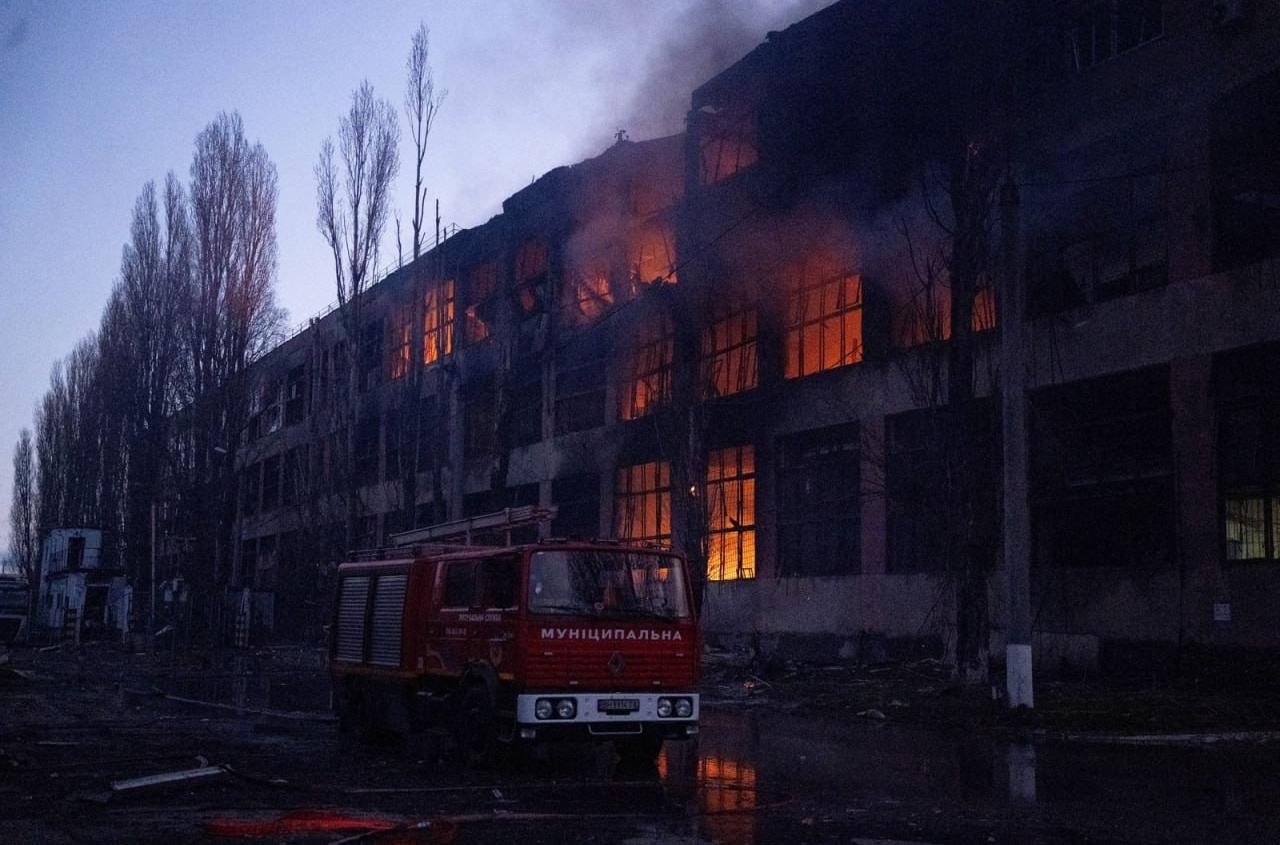The invitation by U.S. President Donald Trump to the heads of Central Asian states for the “C5+1” summit, scheduled for November 6 in Washington, was commented on for Minval Politika by Kyrgyz political analyst Mars Sariev. According to the expert, this move is part of a consistent and systematic U.S. strategy covering the region from the Caucasus to Central Asia.
“This is already the second meeting in such a format organized by the United States. The first took place under President Joe Biden in 2023 in New York, on the sidelines of the UN General Assembly. The summit is part of Washington’s systematic efforts to strengthen its influence in the region. After the signing of a peace agreement between Armenia and Azerbaijan and the creation of the so-called ‘Trump Road,’ or Zangezur Corridor, in the South Caucasus, the U.S. has now turned its attention to Central Asia,” Sariev noted.
The political analyst believes the context is clear: Russia is engaged in a protracted war with Ukraine and is incurring significant human and economic losses. In these conditions, Moscow is gradually losing influence both in the South Caucasus and in Central Asia—its traditional geopolitical strongholds.
“Washington is skillfully taking advantage of this by strengthening economic and diplomatic ties with regions that were previously within Russia’s orbit. This is creating a new architecture of engagement spanning from the Caspian to the Tien Shan,” the expert emphasized.
Sariev pointed out that the upcoming “C5+1” summit is a logical continuation of the line initiated under the Biden administration.
“Now the meeting is being held at Trump’s initiative, which demonstrates continuity in U.S. strategy. The United States seeks to offer Central Asian countries economic and infrastructure alternatives to cooperation with Russia,” he said.
The expert stressed that concrete proposals for developing trade and investment may be presented at the Washington summit. Central Asia is an important link in the Middle Trade Route connecting China, the Caucasus, and Europe. For Kazakhstan, Uzbekistan, Kyrgyzstan, and other countries in the region, this is an opportunity to diversify exports and reduce dependence on Russian transport corridors. According to Sariev, the U.S. is ready to offer infrastructure projects, digital investments, and new logistics solutions as part of a larger geoeconomic strategy.
“It is no coincidence that President Ilham Aliyev of Azerbaijan was personally invited by Trump to the summit in Egypt on the Gaza peace agreement. Armenia is also moving in a direction favorable to U.S. policy. In fact, Russia has already been pushed out of the South Caucasus—it’s only a matter of time. Now the focus is on Central Asia. Trade with Europe and the U.S. amounts to hundreds of billions of dollars, making participation in new initiatives extremely attractive for the countries of the region,” the expert said.
He added that Kazakhstan values the Middle Trade Route, which allows it to trade with the Caucasus and Europe. This route is also of interest to China, whose leader Trump plans to meet during his Asian tour.
“Therefore, no conflict of interests among major geopolitical players is expected as a result of the meeting,” Sariev noted.
In conclusion, the political analyst emphasized:
“In fact, Russia is losing ground. The United States is acting consistently, strengthening its ties and influence. We are witnessing the formation of a new power configuration in which Washington becomes one of the key players on the southern borders of the post-Soviet space. This represents a conceptual shift in the balance of power, where Russia is losing not so much militarily as diplomatically and economically.”









